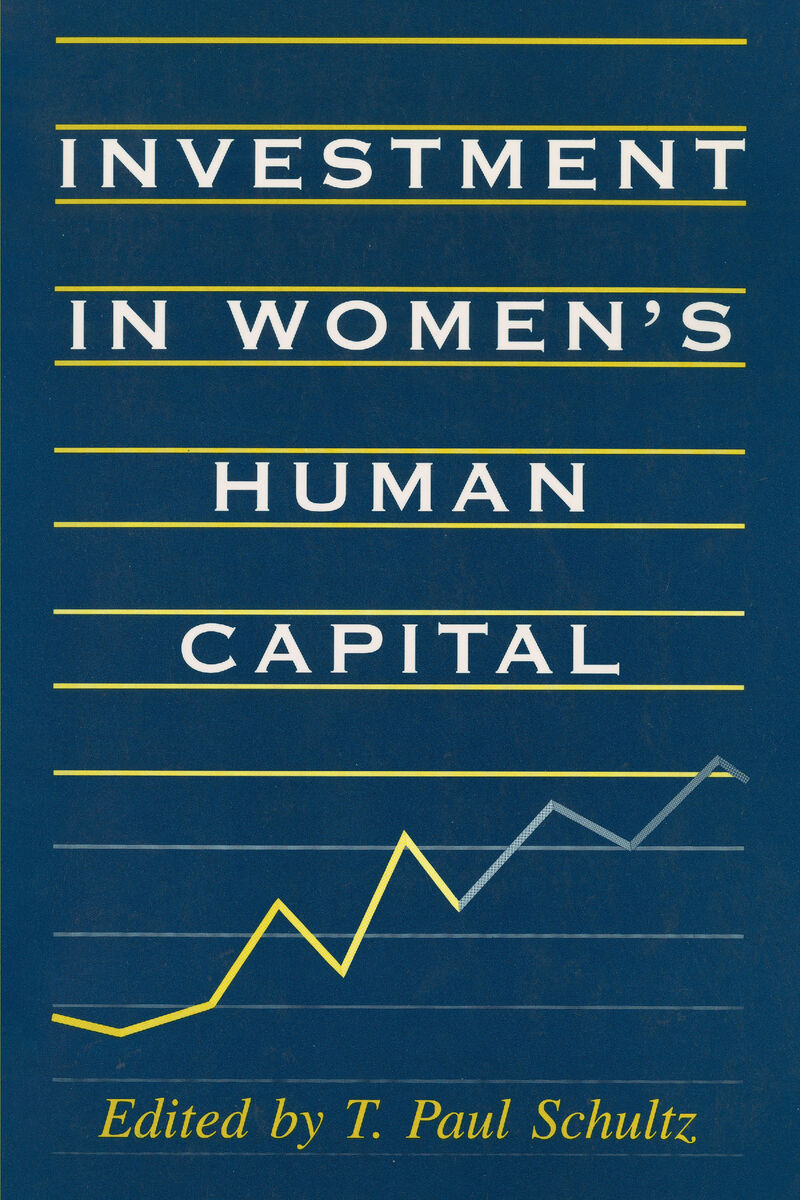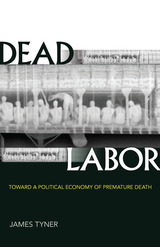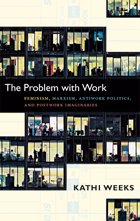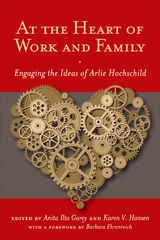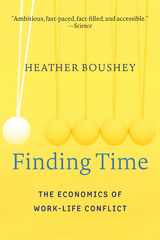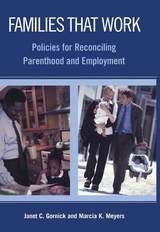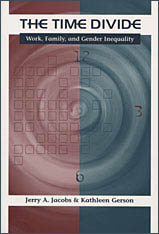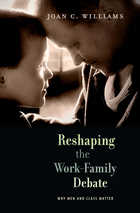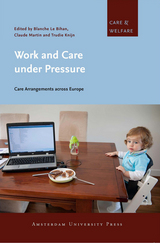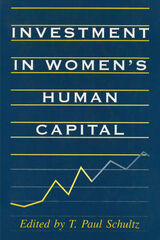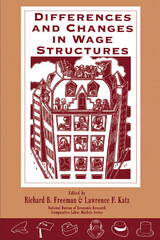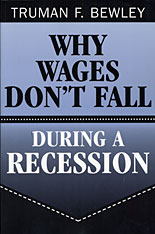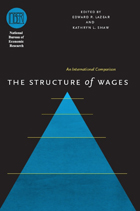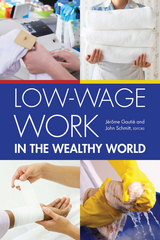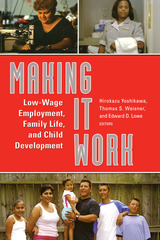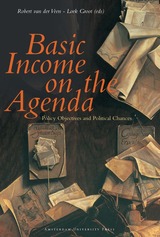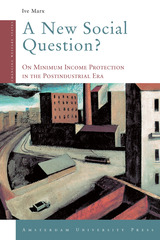Investment in Women's Human Capital
University of Chicago Press, 1995
Paper: 978-0-226-74088-1 | Cloth: 978-0-226-74087-4
Library of Congress Classification HD4904.7.I58 1995
Dewey Decimal Classification 331.4
Paper: 978-0-226-74088-1 | Cloth: 978-0-226-74087-4
Library of Congress Classification HD4904.7.I58 1995
Dewey Decimal Classification 331.4
ABOUT THIS BOOK | TOC | REQUEST ACCESSIBLE FILE
ABOUT THIS BOOK
How are human capital investments allocated between women and men? What are the returns to investments in women's nutrition, health care, education, mobility, and training? In thirteen wide-ranging and innovative empirical analyses, Investment in Women's Human Capital explores the nature of human capital distributions to women and their effect on outcomes within the family.
Section I considers the experiences of high-income countries, examining the limitations of industrialization for the advancement of women; returns to secondary education for women; and state control of women's education and labor market productivity through the design of tax systems and the public subsidy of children.
The remaining four sections investigate health, education, household structure and labor markets, and measurement issues in low-income countries, including the effect of technological change on transfers of wealth to and from children in India; women's and men's responses to the costs of medical care in Kenya; the effects of birth order and sex on educational attainment in Taiwan; wage returns to schooling in Indonesia and in Cote d'Ivoire; and the increasing prevalence of female-headed households and the correlates of gender differences in wages in Brazil.
Section I considers the experiences of high-income countries, examining the limitations of industrialization for the advancement of women; returns to secondary education for women; and state control of women's education and labor market productivity through the design of tax systems and the public subsidy of children.
The remaining four sections investigate health, education, household structure and labor markets, and measurement issues in low-income countries, including the effect of technological change on transfers of wealth to and from children in India; women's and men's responses to the costs of medical care in Kenya; the effects of birth order and sex on educational attainment in Taiwan; wage returns to schooling in Indonesia and in Cote d'Ivoire; and the increasing prevalence of female-headed households and the correlates of gender differences in wages in Brazil.
See other books on: Developing countries | Human capital | Investment | Sex discrimination in education | Sex discrimination in employment
See other titles from University of Chicago Press
